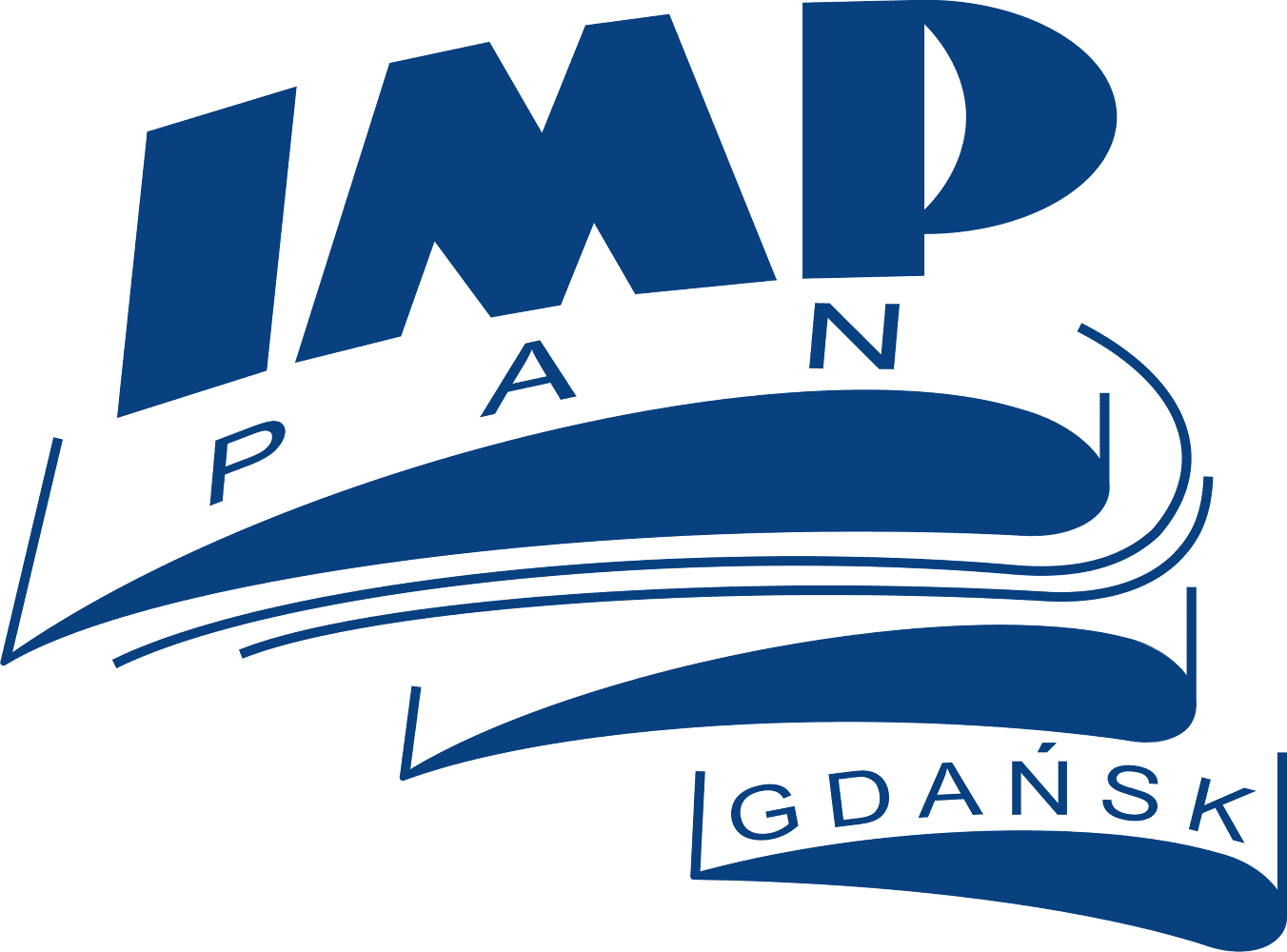Adaptive control in lp turbines
Cogeneration of electric energy and heat in heat and power turbines requires application of adaptive control to adapt them to variable operating conditions. The main element of adaptive control is the so-called adaptive stage of flexible geometry located directly downstream of the extraction point. In a typical design of adaptive stage widely used by turbine manufacturers, the nozzles have movable leading edges blocking part of the blade-to-blade passage if necessary, thus reducing the mass flow rate. The mechanical construction of this stage with these so-called throttling nozzles is relatively simple, however its flow efficiency is low, both at full and low openings of the flow channel. At full opening, this is due to the low pitch-to-chord ratio, as the section of the leading edge should be able to block the entire blade-to-blade passage. At low levels of opening, a massive separation of flow can be expected downstream of the leading edge corner. The transport of vorticity from this separation through the nozzles, and especially through the rotating blade row downstream results in high unsteady components of forces acting at the blades of the adaptive stage.
Another idea of adaptive stage with flap nozzles having movable (rotated) trailing edge was patented by R. Puzyrewski in 1970s. As compared to the design with the movable leading edges, it keeps the continuity of blade shape profile even at very low levels of opening. The idea of adaptive control in LP turbines based on nozzles with the adjustable blade stagger angle, representing the concept of flap nozzles with rotated trailing edges, was validated numerically with the help of a 3D RANS solver FlowER. The case of cogeneration of electric energy and heat as well as seasonal variations of condenser pressure were considered. The series of flow calculations of the LP turbine exit stage and a group of two exit stages of an extraction/condensation turbine of 60MW were made for a range of pressure drop across the stage (stage group) and stagger angle of the adaptive stage stator blade.

Nozzles with movable leading edges (throttling nozzles - A) and nozzles with rotated trailing edges (flap nozzles - B): I – nozzles fully open, II – nozzles partly open/closed.
It was found that in the case of steam extraction, the stator blades of the adaptive stage located directly downstream of the extraction point should have reduced throats. By means of that measure, expansion beyond the blading system is avoided and full available pressure drop is used for rotor work. The enthalpy losses in the adaptive stage and especially in downstream stages are significantly reduced. There is a significant increase in stage (stage group) power. For the investigated LP exit stage and the upstream extraction of a 10% mass flow rate, the power increase is just below 2 MW. For the extraction of a 10% mass flow rate upstream of the group of two exit stages, the power increase was found to be even as high as over 2 MW per stage.
Change of overall enthalpy losses and power
in subsequent stages and in the stage group



















